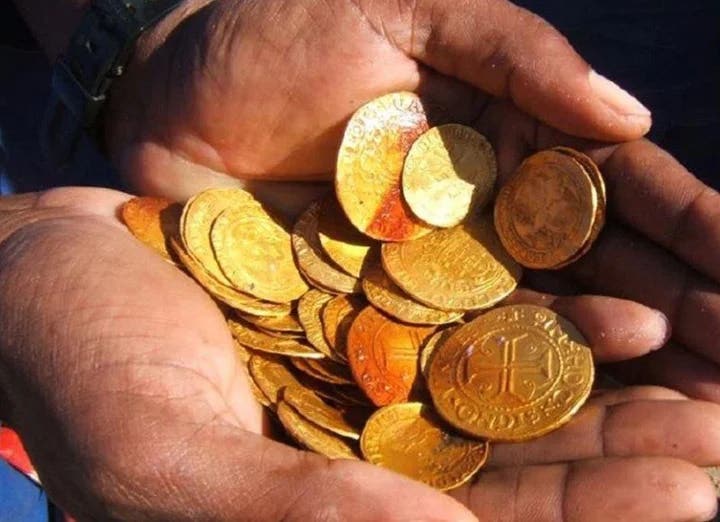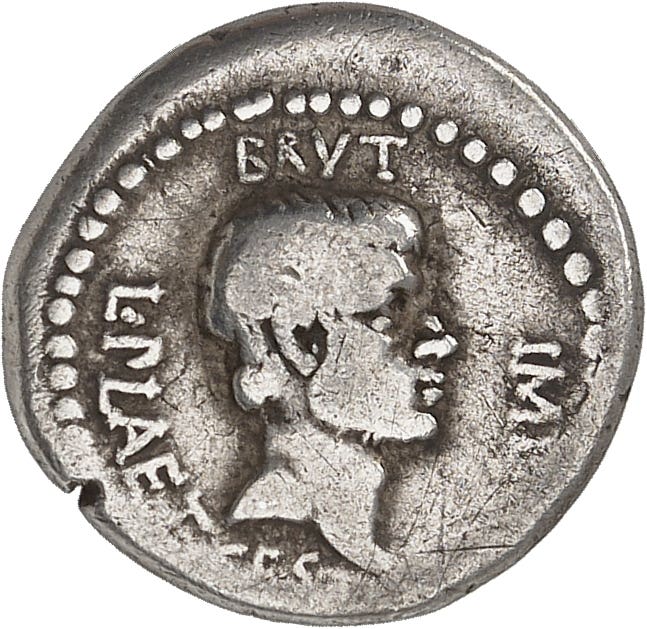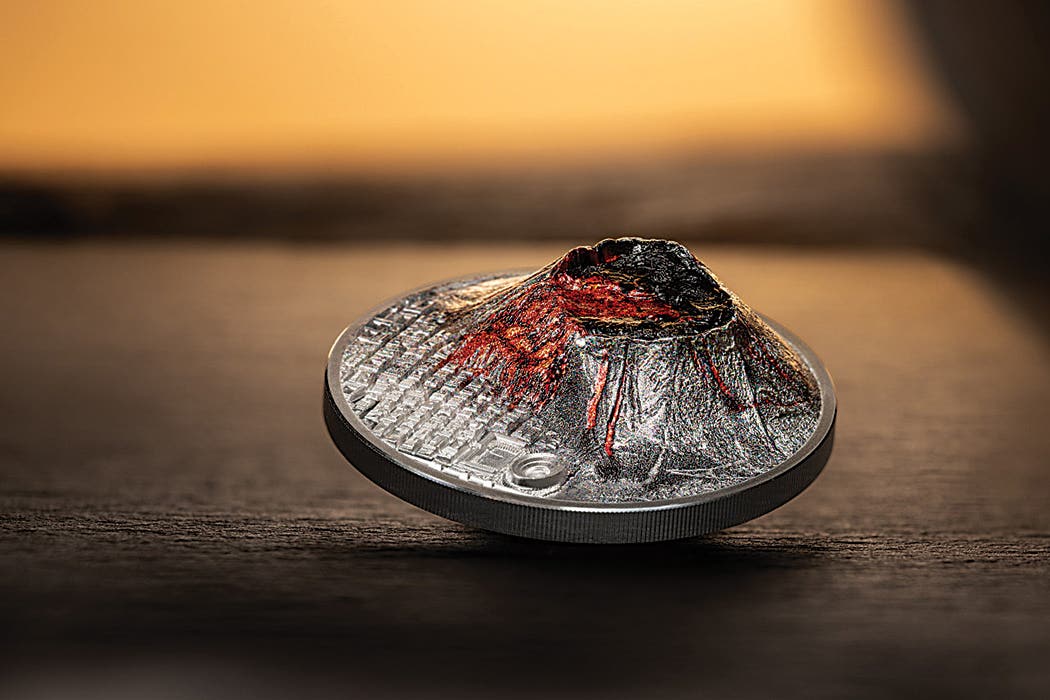Philippines to make coin hoarding illegal
By Richard Giedroyc You know you have a bad economic situation when your government makes it clear candy is not legal tender and cannot be used as a substitute for…
By Richard Giedroyc
You know you have a bad economic situation when your government makes it clear candy is not legal tender and cannot be used as a substitute for coins when making change.
Making change by substituting candy for coins is a violation of the Consumer Act of the Philippines. According to the March 22 issue of The Negros Chronicle newspaper, candy is being given regularly as a substitute for 1-, 10-, and 25-centavo coins, which are all in short supply.
Dr. Gregorio Baccay is a senior research specialist at the Economic and Financial Learning Center. He told the newspaper that the Banko Sentral ng Pilipinas (Philippines National Bank) has taken the stand that it is permissible to use candy to make change if the business doing so has the consent of the consumer with whom the business is making the transaction.
The circulating coinage shortage that has plagued the Philippines in recent years continues, the central bank continuing to blame everyone other than themselves for the problem.
The newspaper reported Baccay telling a recent Kapihan Forum held in Dumaguete, “Banko Sentral ng Pilipinas (BSP) has printed over 680 billion worth of bank notes in circulation, 25 billion of which are coins.”
Through Baccay the central bank identified all the usual culprits it has been blaming for the coin shortage, but this time with a new twist. There is now an anti-coin hoarding law pending before the Philippine congress. Baccay said he expects this bill to be enacted during 2015.
Details of the legislation weren’t available at the time this article was being written. The most obvious question is defining under what circumstances and how many coins constitute an illegal hoard.
Baccay identified people keeping too many coins at home, the numbers of coins being placed on religious altars, kept in piggy banks, and swertres (an illegal numbers game) accumulations as the real reasons coins don’t circulate. He also blamed Automatic Tubig Machines and pesonet Internet cafes where a peso is paid for every five minutes service. Baccay went as far as to identify the café coffee maker as a place where coins are being hoarded.
Baccay noted that about 21 billion coins are being minted, [He did not identify over what time period.] however it now costs more to strike a coin than is that coin’s face value. As an example, the 1-centavos coin now costs 1.12 centavos to make.
Issuing new coins may help alleviate the coin shortage, but getting coins already in consumer hands to circulate is another aspect to be considered.
According to Negros Oriental Bankers Association President Elmer Teves, banks are obligated and mandated to accept coins that are mutilated or otherwise unfit to be re-issued for circulation. Banks are required through the Anti-Money Laundering Law to question the source of coins when coins are brought to them in bulk, particularly when a swertres operator is suspected to have accumulated them through illegal activities.
Today the Bangko Sentral Pilipinas or Philippine Mint strikes all Philippine coinage. Over the past 30 years the British Royal Mint, Vereinigte Deutsche Metallweke in Germany, Sherritt Mint in Canada, Franklin Mint, and US Mint facilities in Philadelphia and San Francisco have been contracted when necessary.






